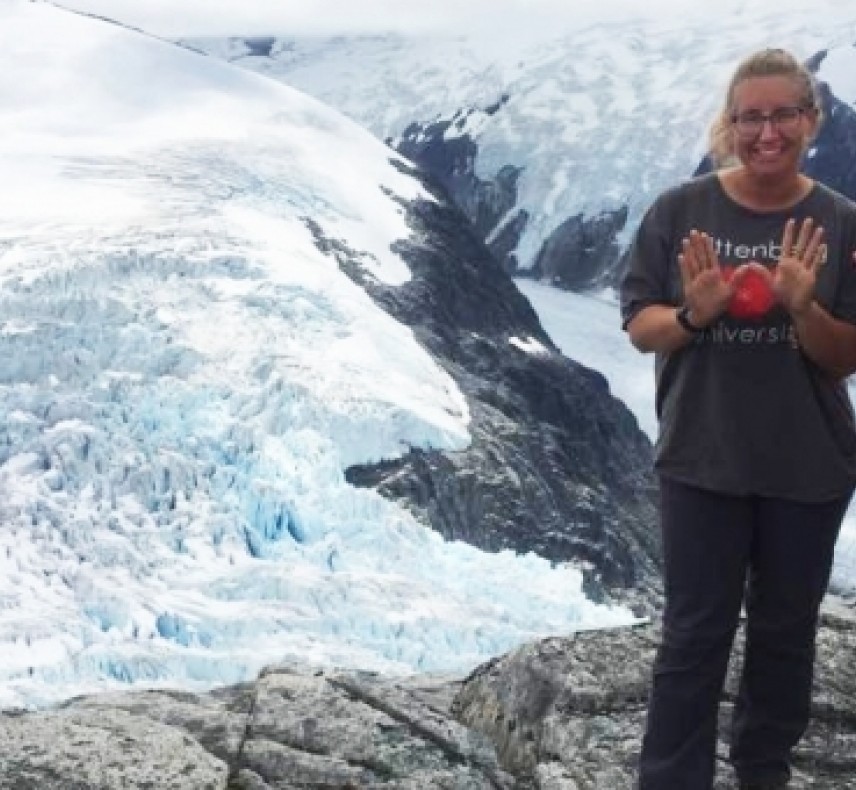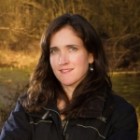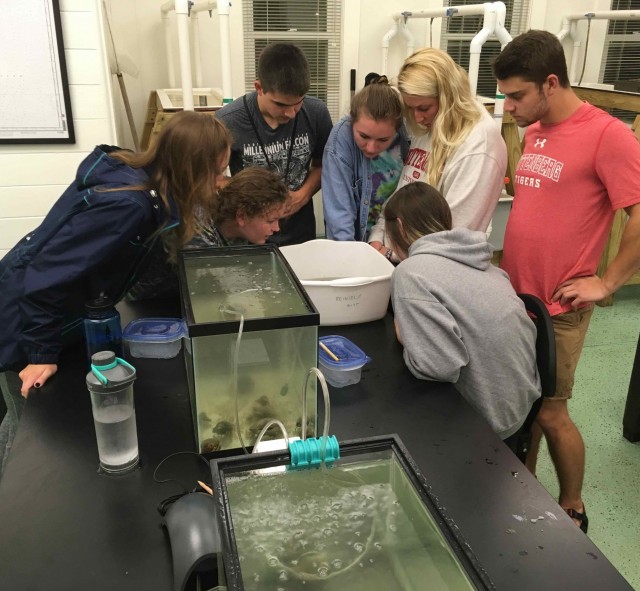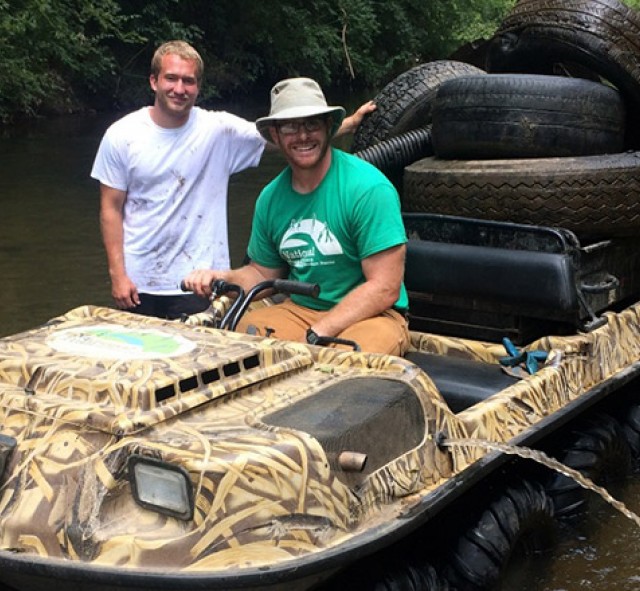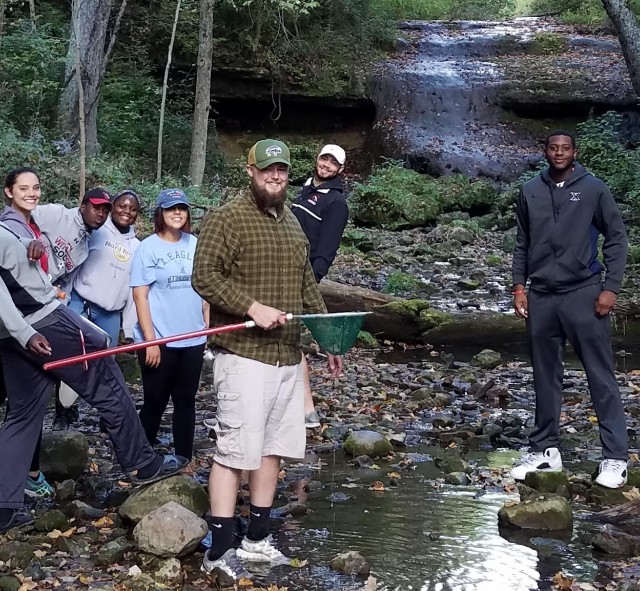In 1995, I participated in the Juneau Icefield Research Program (JIRP) as a high school student. My high school chemistry teacher, Hank Ryan, said to me, "You know, you aren't the best student in my class, but you ask the best questions." He then encouraged me to consider a research expedition on the white abyss of the Juneau Icefield.
That summer I skied from Juneau, Alaska, to Atlin, British Columbia. Each day, I carried around 50 pounds on my back to and from sites for geophysical research. Days were long, and small student research teams capitalized on them. My first official field research experience featured detonating dynamite in transects across glaciers. The explosion echoed from the base of the glacier revealing information about how deep the glaciers were. There was little safety training more than two decades ago, and one explosion revealed a row of gaping crevasses. At 17, I thought little of the possible danger.
Flash forward to 2002. I returned to the icefield while completing my master's program and led a group of students sampling melt streams at the base of the Gilkey Trench, below an ominous and hauntingly beautiful icefall. As soon as my team of students reached the base of the fall, we spotted a bear and decided to traverse another four hours to sleep on the valley sidewall in the green glow of Northern lights.
These early experiences were formative to me as a scientist and teacher. Three Wittenberg students have now participated in the Juneau Icefield Research Program. This season, my advisee, Kate Bartell, class of 2017, worked with high-resolution GPS equipment to survey glacier change.For each of us, our transformation was different, but we all have gained expeditionary camaraderie (nothing fosters team building like tethering yourself to someone by a rope) and a commitment to exploration.
Since my early experiences, JIRP has improved in its safety, mentoring structure and research rigor. All student teams this year will present their glacier research at the American Geophysical Union Meeting in December. This includes Kate, who will also write a thesis as part of her geology major.
My student team conducted a glacier melt chemistry project in collaboration with Natalie Kehrwald from the United State Geological Survey (USGS). Accelerated melt transforms ocean chemistry and the life it supports. But even without analyzing our chemistry results, it is clear that rapid change is underway. The Juneau Icefield is still glorious, but mountain sidewalls are visibly scraped by lost ice. I am renewed in my energy to travel to icy places with students, and also to engage students in developing climate change solutions with community partners. We can't simply conduct research anymore. We must act.


